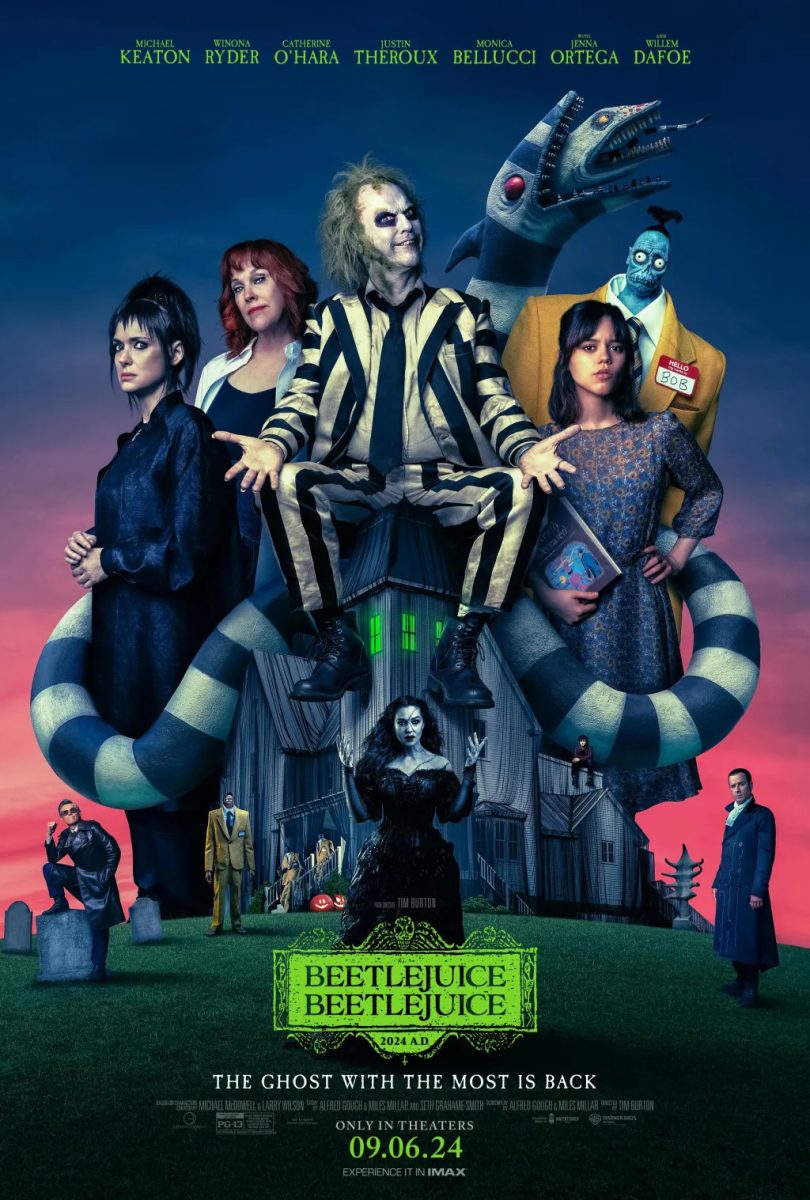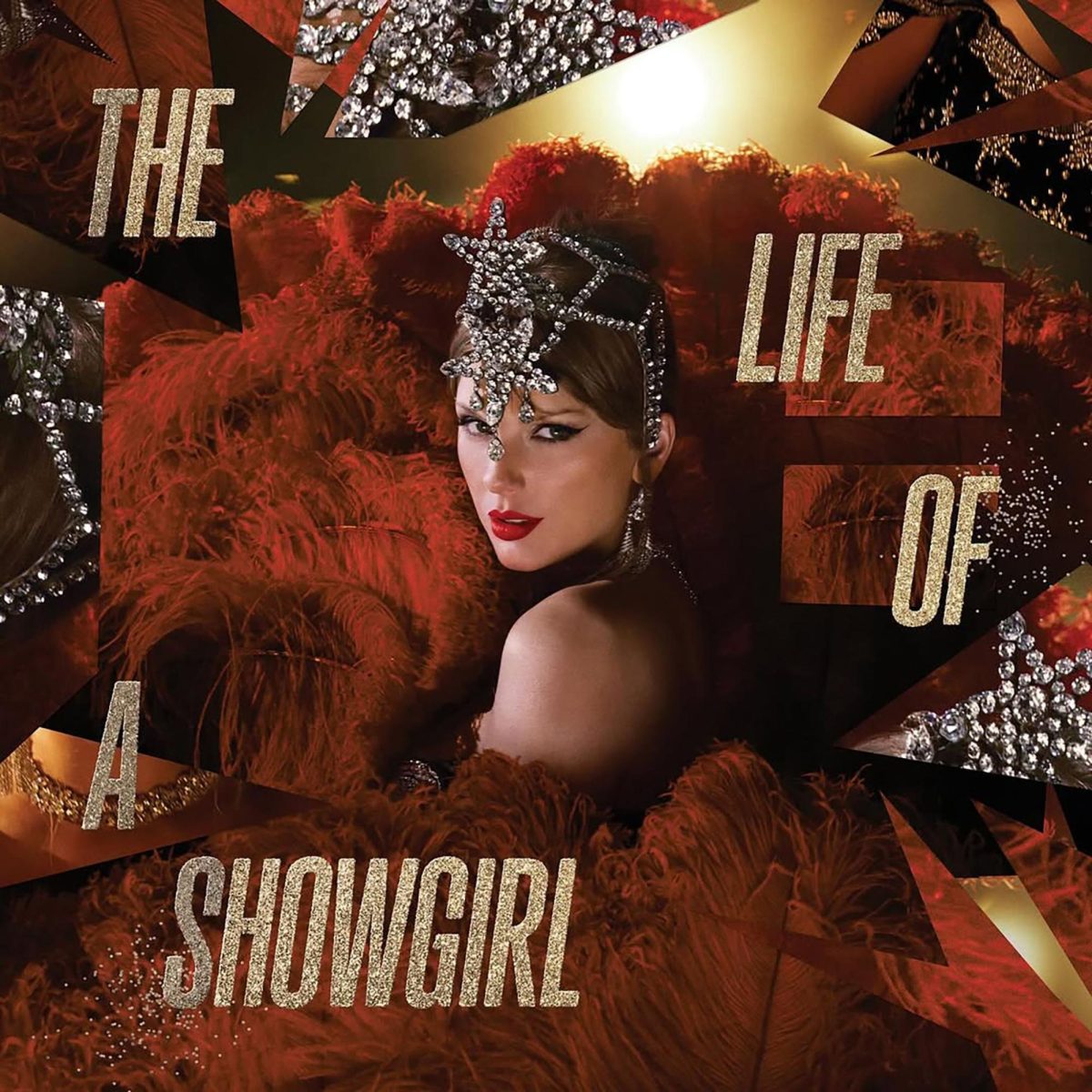By Richard Garibay
Assistant Opinion Editor
The recent release of “Fifty Shades of Grey” has been met with a flurry of harsh criticism, with some people going so far as to claim it glorifies abuse.
Every time a film causes controversy, it is not because of the content, but because those who oppose it have heard from someone else that it was offensive and then decided to boycott.
By no means am I defending this movie’s quality because the script sounds like it jumped out of a “Lifetime” character’s mouth, and I think a young and powerful billionaire could find a much more attractive woman to lust after.
I am arguing that this movie does not glorify abuse in any way. If these critics had watched the movie they would be well aware that the protagonist, Anastasia Steele, consents to whatever physical acts she is put through by agreeing to a relationship contract, which clearly lays out all of the acts she would be engaging in.
This includes bondage and various acts marrying pleasure with pain.
Christian Grey even asks her multiple times if this is what she wants, and furthermore tells her she can leave whenever she wants more than a few times. He gives her a safe word, “red,” and immediately stops what he is doing when she says it. At the end of the film she screams “No,” and he immediately stops what he was doing.
This is not abuse. She was a consenting adult. The reason for all of her tears is because she wants more than a physical relationship but she goes along anyway.
Anyone watching this movie can plainly see that Grey’s relationship style tears him apart inside. He, like Anastasia, wants more than a physical relationship but can’t seem to understand how to go about it. He is depicted as a broken man, who was taught to channel his aggression and troubles into controlled sexual activity. The movie shows the audience how hard it is to cope with this lifestyle rather than glorifying it. The message of “Fifty Shades” is that his fetish is making his life void of happiness, emotional engagement and joy.
I think the fundamental center of this controversy revolves around the fact that a work of fiction that explores BDSM so thoroughly has never attained the kind of popularity that “Fifty Shades of Grey” has amassed.
This is the first time that much of the public has been subjected to this type of sexual relationship and they don’t know what to make of it.
Those who do not have knowledge about master-slave relationships become shocked and offended, a popular reaction when something cannot be understood.














